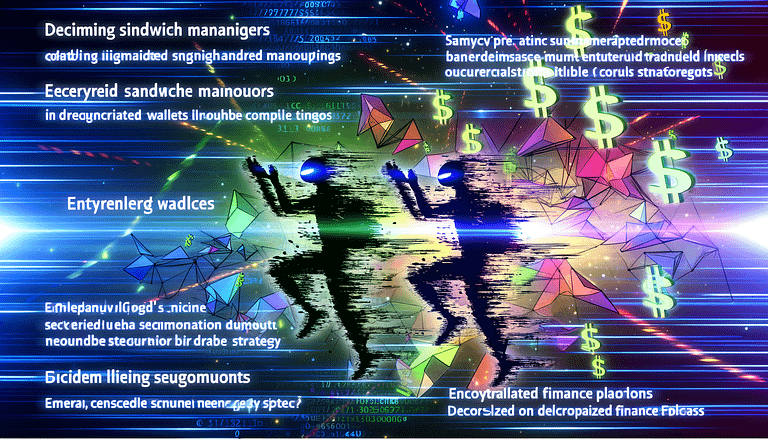Tether Launches Gold-Backed Crypto on Ethereum
In A Nutshell
Tether, a dominant force in the stablecoin market, introduces a groundbreaking token minting platform named Alloy on the Ethereum network, allowing the creation of synthetic digital assets collateralized by tokenized gold (XAUT). This initiative represents a significant stride in Tether’s broader ambition to facilitate the tokenization of a wide array of assets. With the launch of aUSDT, a digital asset pegged to the U.S. dollar and backed by XAUT, Tether is diversifying its offerings beyond its flagship stablecoin, USDT.
Introducing Alloy: Tether’s Bridge to Digital Asset Tokenization
Alloy by Tether marks a pivotal development in the landscape of digital assets, offering an open platform for the creation of synthetic digital assets. As outlined by Paolo Ardoino, Tether’s CEO, this initiative is set to be integrated into a larger tokenization platform intended to launch later in the year. Alloy facilitates the minting of new tokens like aUSDT, which is over-collateralized by XAUT, Tether’s gold-backed token. This approach not only underscores Tether’s commitment to innovation but also enhances the utility of gold as a secure and liquid asset in the digital economy.
Tether’s Strategic Expansion and Diversification
Tether’s introduction of Alloy and aUSDT is part of a broader strategy to extend its services beyond the realm of stablecoins. This move follows Tether’s recent ventures into bitcoin mining, payment processing, and artificial intelligence through cloud computing. Furthermore, Ardoino’s announcement of plans to launch a comprehensive tokenization platform illustrates Tether’s ambition to transform the digital representation of traditional assets, including bonds, stocks, and even loyalty reward points.
Market Implications and Regulation
The launch of aUSDT, backed by physical gold stored in Switzerland, offers an intriguing option for investors seeking to utilize cryptocurrency for payments and remittances without liquidating their gold investments. The requirement for over-collateralization—to a maximum of 75% of the collateral value—aims to ensure the stability and security of the minted tokens. Moreover, the regulation of asset issuance by entities under El Salvador’s National Commission of Digital Assets (CNAD) highlights the importance of compliance and oversight in Tether’s expanding suite of services.
Our Take
Tether’s Alloy platform and the introduction of aUSDT represent a significant advancement in the field of digital asset tokenization. By leveraging the security and value of gold, Tether is not only diversifying its product offerings but also providing a novel mechanism for asset-backed digital currencies. This initiative could herald a new era in which the tokenization of real-world assets becomes commonplace, offering enhanced liquidity, security, and accessibility in the digital economy. However, the success of such ventures will largely depend on regulatory adaptation and the ability to maintain trust within the rapidly evolving cryptocurrency market.







